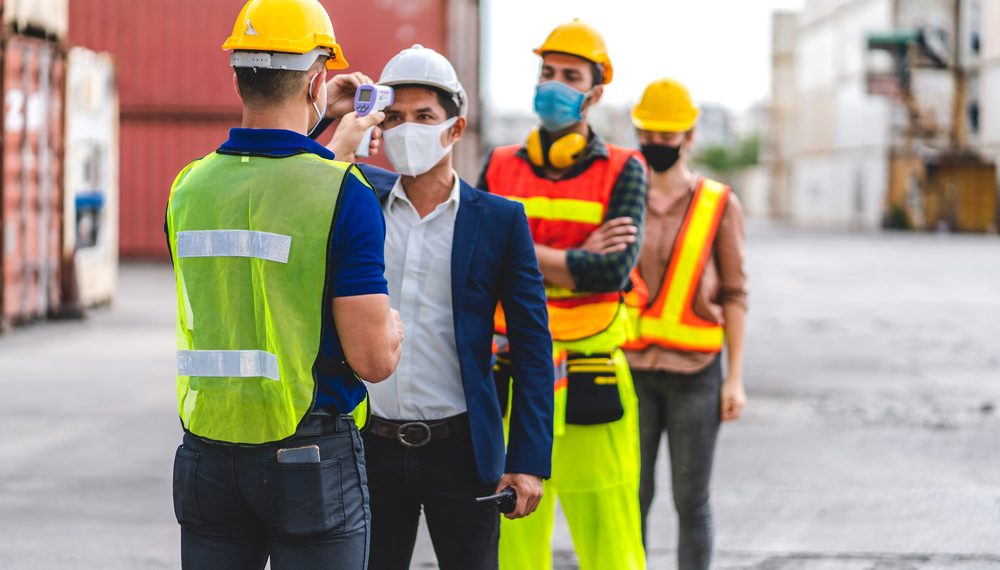Most warehouse personnel do not need it explained to them that any work environment that includes heavy machinery, racking, and pallets will present a certain amount of hazards to the people working in these spaces. But this does not mean that warehouses have to become an “unsafe” work environment. With a little effort from both employers and employees, as well as adherence to a few tips, warehouse safety can improve dramatically.
Table of Contents
Establish Standards for Vehicle and Equipment Safety
This first tip is especially important as it pertains to forklifts. Each year forklift accidents take the lives of about 100 workers and cause serious injury to many thousands more. Only certified workers should be allowed to operate forklifts, and companies should never compromise these guidelines.
Bumpers can also be added to racking and dock areas to minimize the damage a forklift can cause to workers as well as the warehouse.
Use Personal Protective Equipment
Not only is it the law to provide employees of warehouses with equipment and gear necessary to protect their safety, but it also makes good sense. Personal protective equipment familiar to warehouse settings includes hard hats, goggles, steel-toed boots, and masks. It is also a good idea to provide employees who work on the floor of the warehouse with orange vests or other bright clothing so that it is easy for the drivers of forklifts and other vehicles to see them.
Improve efficiency
Most warehouse accidents are easily attributable to human error. The chance of a human error occurring always increases when workers are either insufficiently trained, physically tired, or experiencing mental fatigue. Workers will have fewer problems at work if they receive proper training to use ladders, lift and carry inventory, and operate the equipment and machinery that fuel warehouse operations. Workers should also become well-versed in the effects of fatigue on their health and work performance.
Improve Ventilation
Good ventilation is an important part of warehouse safety. It is also one of the most overlooked aspects of safety management by managers and owners. When the air inside a warehouse does not circulate well, vehicle exhausts and fumes can hover and negatively affect the health of workers. If this is the case, gas detector devices will need to be installed and regular gas calibration Sydney service to ensure employee safety at all times. In many cases, a few exhaust fans will increase the ventilation available in workspaces.
Practice Drills
The smoke and fire alarms inside a warehouse should be kept in good working condition. Regular drills should prove sufficient to test the readiness of these alarms while ensuring employees and managers know the safest evacuation routes in the event of an emergency. The warehouse should also possess emergency lights to facilitate safe evacuations.
Use Signage
Signs are great tools to warn workers of both hazards and protections. The added organizational benefits of signs will also help keep workers safe. Clear and easy to read labels should be visible on all racks, materials, and equipment. There should also be markings to warn of potential dangers like wet floors or ongoing electrical work. All emergency exits should possess clear markings. The same markings are necessary for all available routes to these exits.
Keep a clean workplace
Tidying up around the warehouse will provide you with more than a benefit to aesthetics. Making sure that aisles are clear and free from obstructions will make slip and fall accidents less likely in the warehouse. Training employees to return pallets, boxes, and other pieces of equipment to their proper place when not in use will also help to keep them safe.
The Bottom Line
A warehouse setting is a workplace that will always pose some degree of accident risk to workers. But the fact that some accidents will happen at a warehouse from time to time does not mean the risk of injuries due to accidents can not be minimized. The seven tips above are a great place to start for managers and owners of warehouses who are interested in measures to encourage safety for warehouse workers.

